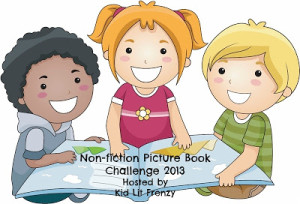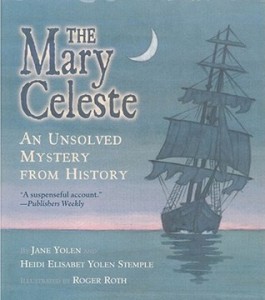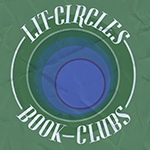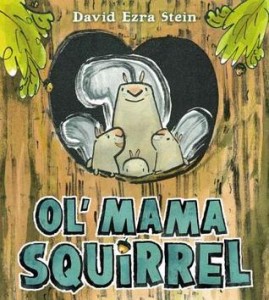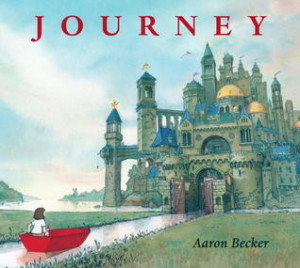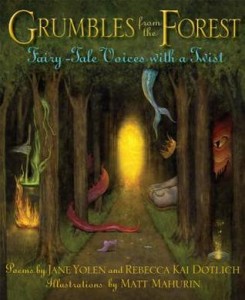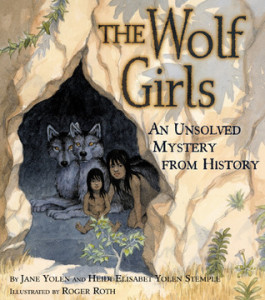A couple of months ago, I was introduced to a wonderful website and today I wanted to share this site with you as I think it is a great resource and would be a lot of fun to use at home and in the classroom.
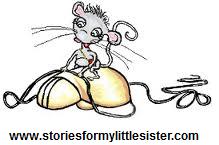
At Stories for My Little Sister, two sisters, Samantha and Diana, share stories that Samantha writes that are illustrated by Diana. These stories are all so much fun! Each story includes a fun animal such as Pink Ethel the elephant and Moochie the turtle. David Goes Green, a story about a goldfish, is written in rhyme, My Friend Stinky, about a skunk, is about friendship. Each story has something that makes it special.
My favorite part of the site, though, is probably Harrison’s Blog. Harrison is a hamster and his blog is filled with his stories and opinions. As Harrison says, “The opinions I express on my blog are my own. I don’t want you to think that I represent hamsters in general. Well, I couldn’t, because I am totally and utterly unique and I could not possibly know what another hamster might be thinking. More importantly, I don’t represent gerbils at all. I could not, in any way, shape or form, even attempt to represent gerbils. That is because I am not a gerbil. I am a hamster!” I love the idea of taking a character and having a blog for him/her is such a great activity for a classroom and Harrison’s Blog would be a wonderful mentor text for showing an example.
After being introduced to “Stories for My Sister,” I was so interested in learning more. Because of that, after being in touch with Samantha and Diana, came up with a Q&A to learn more about this site:
Unleashing Readers: I love that when you both were younger Samantha used to tell Diana her stories. What is Diana’s favorite story that Samantha used to tell her? What was Samantha’s favorite story to tell?
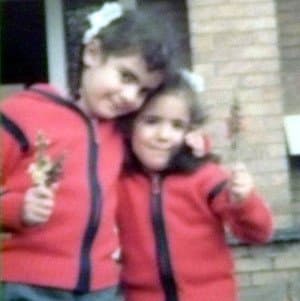
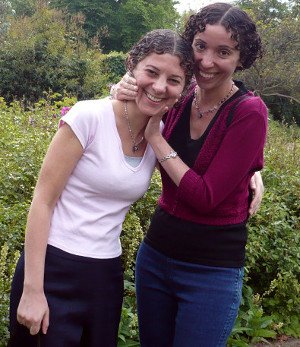
Samantha: I’m not sure exactly how it came about, but a long time ago, I started telling Diana that she was an alien from a faraway planet.
Diana: And I loved it!
S: She really did.
D: I must’ve been about two years old…
S: Anyway, the story started from there, and it’s been growing ever since. Her real name is Hora, she’s from a cuboid planet called Horic (its edges kept perfect as all the inhabitants take turns to sand them), and you can fall off – that’s how she got here in the first place.
D: And you can get pushed!
S: I’ve told Diana a lot of stories over the years – I don’t think I could ever stop – but there is and always has been a comfort in visiting Horic every so often and remembering an old adventure or spinning a new one. We’d love to turn it into a book someday.
D: It’ll have to be a series! And I want to put some real science in there, too…
UR: Tell us more about your childhood. Did you both always know you were going to be an author and an artist?
S: No, not at all. When I was a little kid, I wanted to be a doctor! Storytelling was just something that I always did. The themes of my stories tended to be a few steps removed from my real life, yet imbued with my day-to-day thoughts and feelings. I’ve always loved animals, so I guess that’s why they feature so heavily.
D: I had lot of dreams as I was growing up. I wanted to be a cartoonist – but I also wanted to be part of the crew on the Starship Enterprise! One of my earliest memories of school is of being given a sheet of paper and told to draw a picture. We could draw anything we wanted. I had a red crayon and I drew a page full of random red dots. I remember very clearly how much I enjoyed creating that picture and how pleased I was with it. I still get that feeling when one of my drawings or paintings works out the way I plan.
UR: Tell me a bit about your background as an author (Samantha) and artist (Diana).
S: I have to say that when people call me an author, I tend to turn around to see who’s standing behind me! I studied psychology at university, but somehow ended up in a series of admin-related jobs. My stories – their invention, revision, telling and retelling – have always been my escape, and ideas are constantly bubbling away in my head. Sometimes there’ll be a theme I want to explore; sometimes a character seems to materialize in my mind, fully formed; sometimes it all starts with a snatch of text that I know fits perfectly somewhere. Perhaps the term ‘storyteller’ is a better fit for me.
D: I have always loved creating art. When I was about twelve years old, my mother noticed what she thought was a little spark of talent and bought me a beginner’s set of oil paints. I just sort of experimented and taught myself, trying out new media as I went along. I don’t have a formal art education: I studied physics at university and worked on space missions for many years, but painting and drawing have always been a big part of my life. In the last few years, with encouragement from friends and family, I began selling my fine art and am now represented by a couple of galleries online.
UR: What made you two decide to combine your forces and make Stories for My Little Sister?
S: Well, having a website was very much Diana’s idea.
D: Yes, and I started work on setting it up on my own at first, but Samantha has a habit of nosing around to see what I’m up to (by the way, Samantha, that’s annoying!) and when she found out…
S: I was happy, but with tears in my eyes!
D: But then she washed her face, rolled up her sleeves and got to work with me to get our website online. I don’t think we ever really decided to join forces as such…
S: It was more something that grew naturally out of what we had always enjoyed doing. It would have been great if we’d had the Web when we were growing up…
D: We’re older than the World Wide Web!
UR: Tell me a bit about the mission behind Stories for my Little Sister.
S&D: We didn’t really have what you’d call a mission when we set out on this journey, building the website, just a love of writing and illustrating together that started in childhood and a spark of hope that maybe there were kids out there who might enjoy our stories.
At the end of our journey, if we were to find ourselves able to say that we’d left some stories in this world that made kids happy, that would be enough; if we were able to say that we’d created a website that made our enthusiasm for storytelling contagious, that would be amazing.
UR: I know it is hard to pick favorites, like picking a favorite child, but which story is your favorite on the website Samantha? Diana?
D: Cricket and Watson – they are a two little birds that want to fly, but they’re not big enough yet. I identify with Watson (sometimes Cricket, but mostly Watson). Cricket is constantly coming up with new schemes to launch them into flight, but she has a habit of trying her ideas out on her long-suffering brother, Watson. She is well intentioned, but she does get them (especially Watson) into a few scrapes. I love the action in the book – it was really fun to illustrate – and I love the message of never giving up.

S: Everybody has a Jar (Harrison’s Blog, Post No. 25) is the one that pops into my head. Just the way the whole situation escalates so rapidly as Harrison jumps from conclusion to conclusion makes me smile. Harrison does manage to get himself into a lot of muddles, but that one was pretty spectacular, even for him! And the pictures of Harrison and Kimster in their prison stripes crack me up every time.
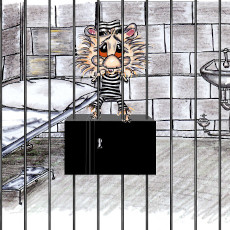
May I also sneak in an honourable mention for Tuppence for Christmas? I think the illustrations Diana created for the book are very special. Just check out the vast frozen beauty of the South Pole and Tuppence’s wonderfully expressive face – especially that moment of wide-eyed panic when she’s flapping her wings and finds she can’t take off. Don’t we all have moments like that?
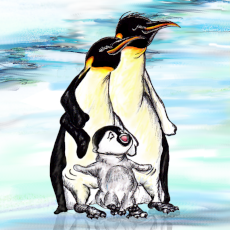
UR: Your website not only has stories, it has coloring, puzzles, and more. Are the two of you in charge of all aspects? Anything else you hope to add in the future?
S: Yes – we create everything on there. It’s exhausting, but we love it!
D: Luckily we come from different educational and work backgrounds, and so we bring complementary skills to the table.
S: We’ve already got plans for more puzzles – not least because we both enjoy designing them. The lovely details in Diana’s pictures lend themselves to ‘spot the difference’ puzzles, and we’ll definitely be creating some of those.
D: We have to make one featuring Harrison’s ugly clock! And we’re also working on a way to find a permanent home for the captioned pictures from Harrison’s ‘On my mind…’ feature.
S: Not to mention more books and blog posts – we’re all about the stories. Of course, the printables are important too, in terms of challenging and engaging kids – and, most especially, inviting them to use their own creativity. So you’ll be seeing every aspect of the website growing.
D: We should probably just ask you to ‘watch this space!’
UR: Anything else you want to add?
S&D: We both believe that reading changes everything – it wakes up your brain, opens your eyes and makes you see the possibilities, both in the world around you and in yourself. In the words of others you can find inspiration, new ideas, comfort, hope and whole new ways of thinking. Words from another place or time can resonate with you and help you navigate your life; they can make you laugh or cry; they can make you want to shout out in dissent, or nod your head in quiet agreement.
We are proud to have Stories for My Little Sister featured on a blog whose mission is to ‘unleash readers’: we believe that once a reader is unleashed and free to roam, their potential is limitless and there is no place they cannot reach. To play a small part of that process in anyone’s life is the greatest privilege we could possibly have.
Thank you so much to Samantha and Diana,
and I hope you all will check out Stories for My Little Sister.

